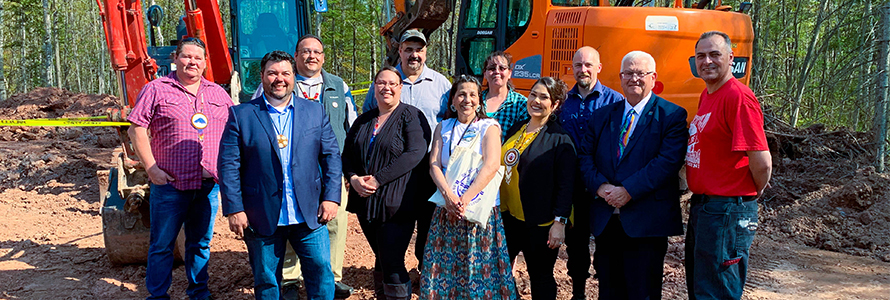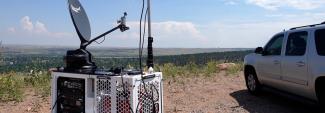This blog is a repost from TribalNet Magazine’s Fall edition. The original article can be accessed here.
As of August 2019, more than 750,000 device connections are being used by nearly 9,000 public safety agencies. As the number of users grows, so too does the network. There have been major investments in network buildout nationwide, including rural and tribal areas.
One such tribe is the Red Cliff Band of Lake Superior Chippewa (Red Cliff), which became the first in the nation to participate in an in-depth government-to-government consultation process with the First Responder Network Authority (FirstNet Authority). Red Cliff then became the first tribal nation to sign an agreement with our network provider, AT&T, to build a FirstNet tower on tribal lands. In May, Red Cliff announced the groundbreaking of a new, purpose-built cell site for the Red Cliff Reservation in Wisconsin to be built in the next year. The new site will significantly increase coverage and capacity in the region and bring new capabilities like priority and preemption to the tribe’s public safety community.
Discussing the groundbreaking, Red Cliff IT Director Theron Rutyna explained, “When emergencies happen, it is critical that tribal law enforcement, firefighters and paramedics have the reliable communications tools they need to keep the tribal members and surrounding community safe while also protecting visitors to tribal lands.”
The cell site buildout marks a victory not only for the tribe’s first responders, but for its residents as well. Area residents will be able to take advantage of FirstNet — built on Band 14 spectrum and other AT& T commercial LTE bands — when it’s not in use for emergency communications.
“Breaking ground on this new cell site will not only support the public safety mission, but it will also pave the way for new technical capabilities and innovations — furthering economic opportunity and extending access to telehealth, online learning and overall communications during emergencies,” continued Rutyna.
As with Red Cliff, the FirstNet Authority’s tribal team is working closely with tribal nations to better understand and address their unique emergency communications needs, now and in the future. We are collecting input from tribes to help inform the FirstNet Authority Roadmap, a document that will guide future network enhancements and investments. As part of this effort, we met with the Public Safety Advisory Committee’s Tribal Working Group (TWG) in May to learn about their tribal broadband network needs and highlight real-world FirstNet use cases in tribal communities. We are meeting with the TWG again this fall to collect additional input on tribal needs, especially as they relate to the six domains laid out in the Roadmap – FirstNet Core, coverage and capacity, situational awareness, voice communications, secure information exchange, and user experience.
The FirstNet Authority remains dedicated to improving communications in tribal areas, and we will continue working with public safety in Indian Country to bring them the best network possible to support their emergency communication needs.




















